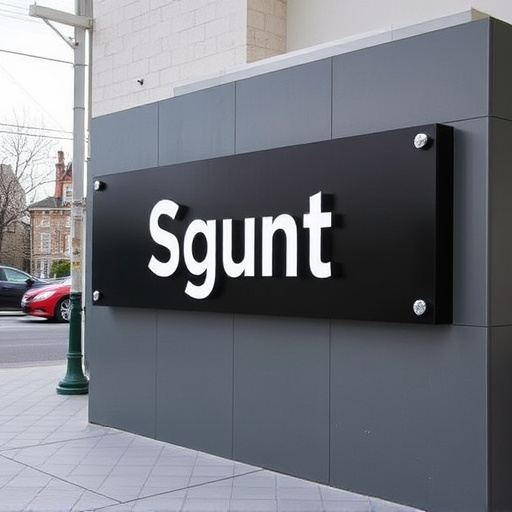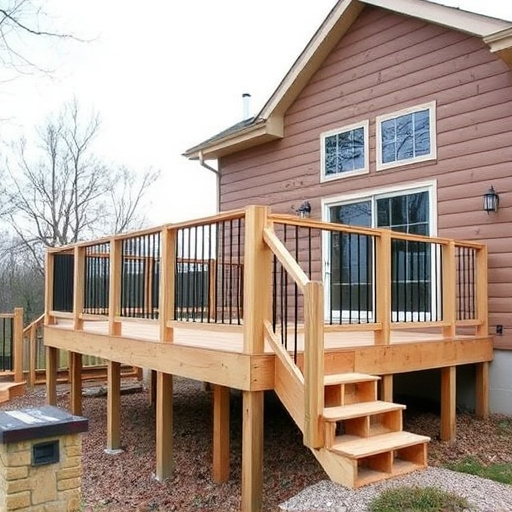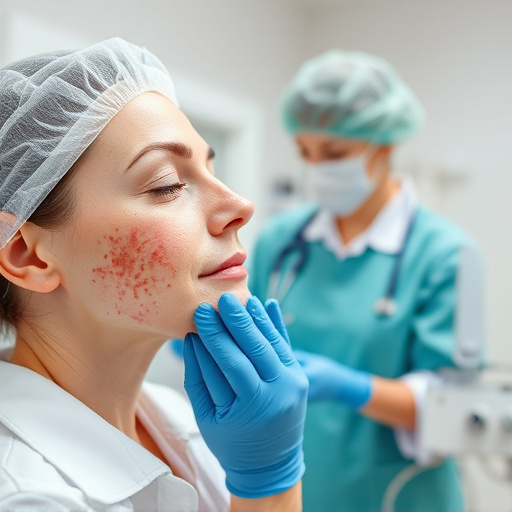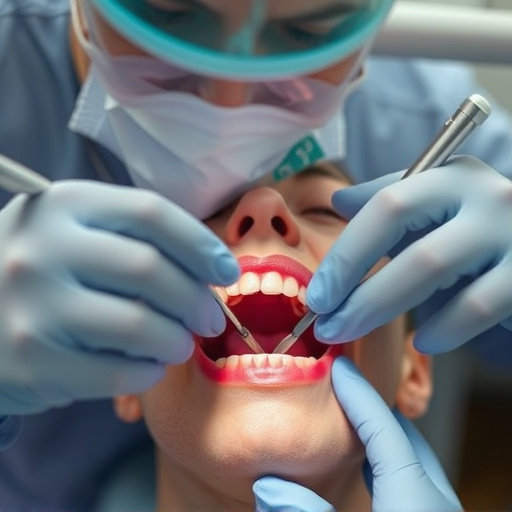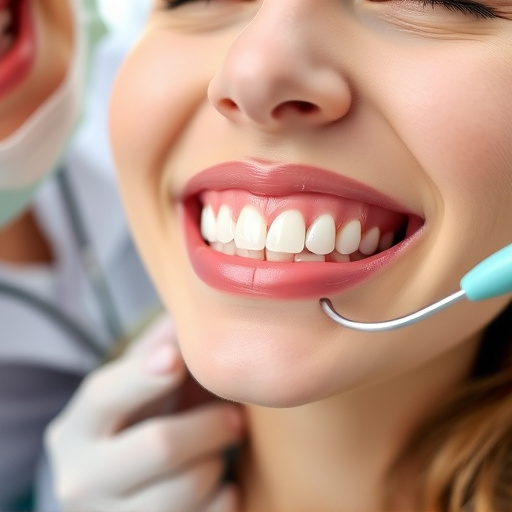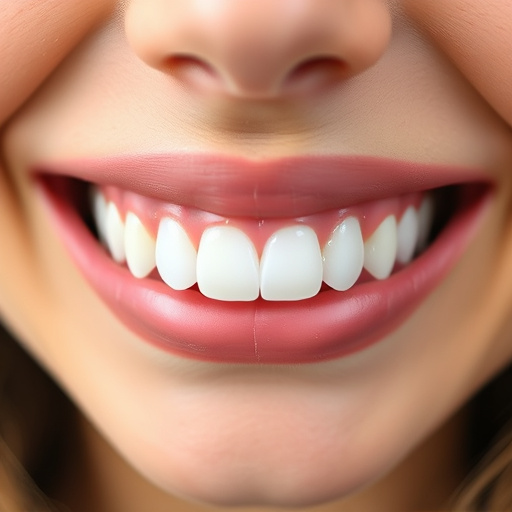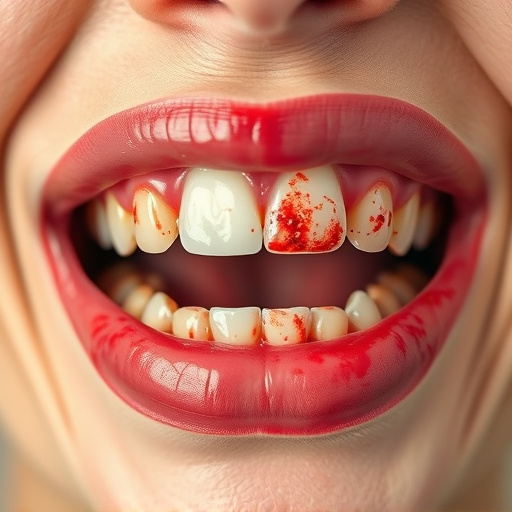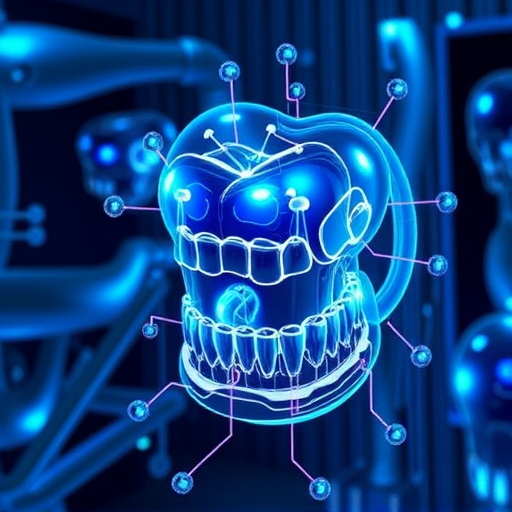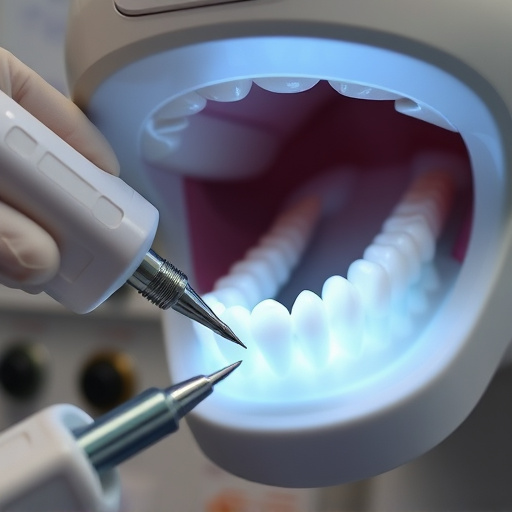Teeth grinding (bruxism) impacts oral health due to stress, anxiety, sleep disorders, and medications. Treatment focuses on reducing clenching/grinding forces via mouth guards, relaxation techniques, behavioral therapy, or medication. Early professional intervention prevents complications like dental cleanings or extractions. Custom-fitted mouthguards protect teeth from contact during sleep. Restorative dentistry repairs damaged teeth. Conservative solutions offer lasting relief with minimal invasiveness. Behavioral modifications and emergency dental care complement these treatments for comprehensive teeth grinding management.
Teeth grinding, or bruxism, is a common but often overlooked dental issue that can lead to significant tooth wear and damage. This article explores effective treatments designed to preserve your tooth structure while alleviating the discomfort associated with grinding. We delve into understanding the causes and effects, offering non-invasive solutions for immediate relief, and discussing conservative dental approaches for long-lasting results.
- Understanding Teeth Grinding Causes and Effects
- Non-Invasive Treatments to Stop Grinding
- Conservative Dental Solutions for Long-Lasting Relief
Understanding Teeth Grinding Causes and Effects

Teeth grinding, or bruxism, is a common condition that can have significant effects on oral health if left untreated. Understanding its causes and consequences is the first step towards finding effective teeth grinding treatment. The primary triggers include stress, anxiety, sleep disorders, and certain medications. It’s often characterized by a grating sound during nighttime and can lead to damaged tooth enamel, sensitive teeth, headaches, and even facial pain. Over time, severe bruxism may require procedures like dental cleanings or, in extreme cases, tooth extractions as a last resort.
Seeking professional help early on can prevent these issues. Teeth grinding treatment options aim to reduce the force of clenching and grinding by using mouth guards, relaxing techniques, behavioral therapy, or prescription medications. Regular check-ups with your dentist, including emergency dental care when needed, are vital in managing bruxism effectively while preserving tooth structure.
Non-Invasive Treatments to Stop Grinding

Many people suffering from teeth grinding (bruxism) often seek non-invasive treatments to alleviate their symptoms and preserve tooth structure. Thankfully, there are several effective options available that don’t involve extensive procedures like tooth extractions. One common approach is using mouthguards, specifically designed to wear while sleeping, to prevent the upper and lower teeth from coming into contact, thus halting the grinding habit. These custom-fitted devices can be crafted by dentists using soft materials, ensuring comfort without compromising on protection.
Additionally, restorative dentistry plays a significant role in managing bruxism. Dental fillings, for instance, can fix damaged or weakened teeth caused by grinding. By repairing these teeth instead of removing them through extractions, patients can maintain their natural smile and chewing function while addressing the underlying issue of tooth wear. This approach not only preserves overall oral health but also provides a more conservative solution to stop teeth grinding.
Conservative Dental Solutions for Long-Lasting Relief
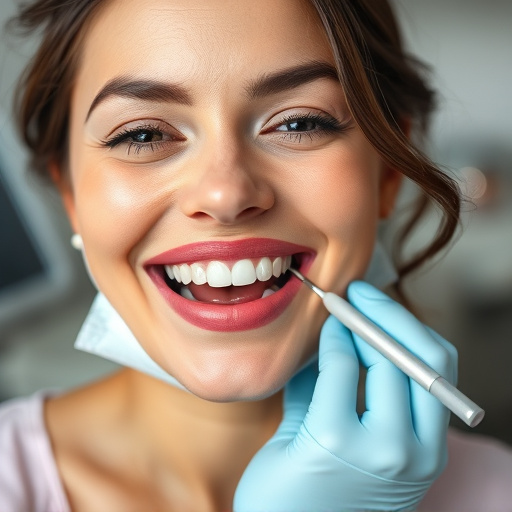
For those seeking long-lasting relief from teeth grinding (bruxism), conservative dental solutions offer a promising path. These non-invasive treatments focus on preserving tooth structure while addressing the root causes of the condition. One common approach involves the use of custom-fitted mouthguards, designed to prevent the upper and lower teeth from making contact during sleep, thereby reducing or eliminating grinding pressure.
In addition to mouthguards, general dentistry practices often recommend behavioral modifications and preventive dentistry strategies. This may include stress management techniques, adjusting sleeping positions, and limiting caffeinated and alcoholic beverages, all of which can contribute to bruxism. In some cases, emergency dental care may be necessary to repair damaged teeth caused by grinding, ensuring a comprehensive teeth grinding treatment plan that addresses both the present issue and future prevention.
When it comes to treating teeth grinding, preserving tooth structure is paramount. By understanding the underlying causes and effects, individuals can choose from a range of non-invasive treatments or opt for conservative dental solutions that offer long-lasting relief. These approaches ensure both comfort and the maintenance of oral health, providing a comprehensive approach to managing this common condition. Implement these strategies to find the most suitable teeth grinding treatment for your needs and restore peace of mind.
